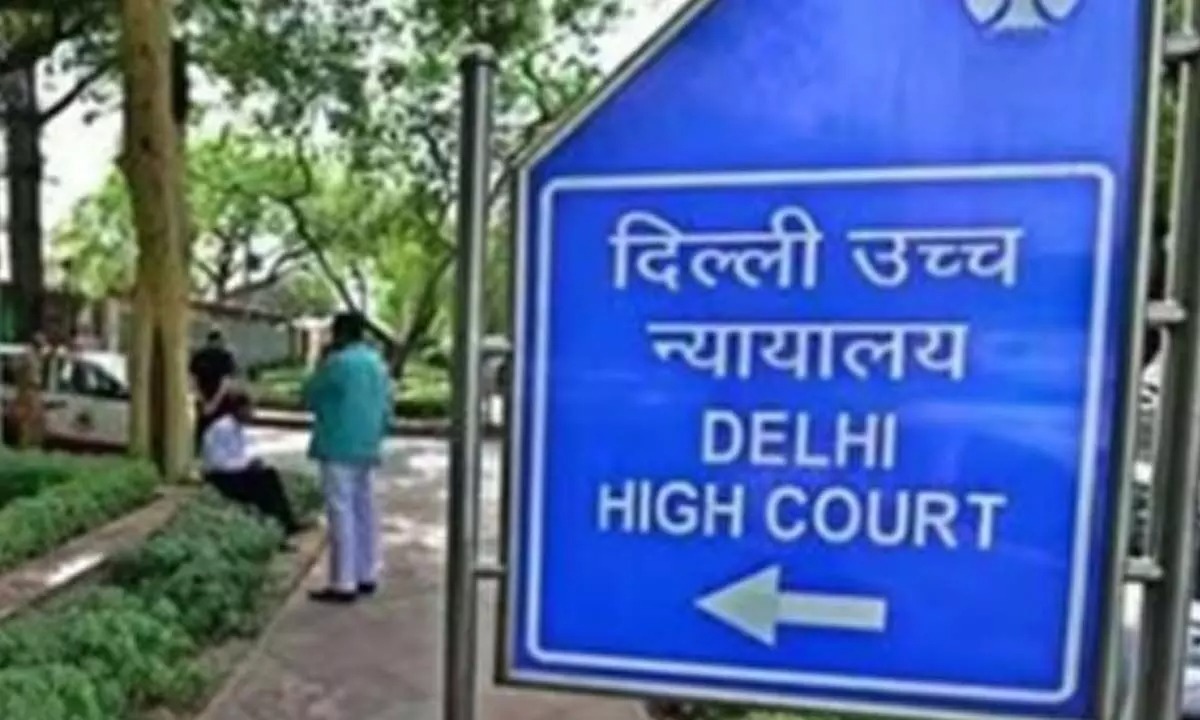Desai, J.@mdashIn this reference the following question has been referred to us at the instance of the Commissioner under s. 27(1) of the W.T. Act, 1957.
"Whether the Tribunal was justified in allowing the assessee''s claim for deduction on account of accumulated depreciation not written off in the books for the purpose of computing net wealth under s. 7 of the W. T. Act ?"
2. A few facts may be stated.
3. We are concerned in this reference with assessment year 1957-58, the valuation date being December 31, 1956. In computing the net wealth as on the valuation date, the WTO adopted the value of the fixed assets as shown in the balance-sheet of the company. The company contended before the AAC that this was not proper and only the written down value according to the Income Tax records should have been adopted. The balance-sheet showed value of these assets at Rs. 54,52,180 whereas the written down value as per the depreciation record in the Income Tax file was Rs. 44,79,088. It was urged before the AAC that the normal wear and tear which the assets had undergone by being used should be taken into account in fixing their value for wealth-tax purposes. The AAc considered these submissions and found some force in the argument of the assessee that inability to provide for depreciation due to losses cannot result in increase in the wealth of the company. He found that, as a matter of fact, the assets were not fully depreciated and accordingly observed that it could not be denied that the assets appeared in the balance-sheet at inflated figures. He then considered what adjustment was required to be made and held that, in the circumstances, it would be reasonable to take the depreciated or written down value of the assets adopted for Income Tax purposes to be effective for wealth-tax computation as well. From the above decision, the department came in appeal and the Tribunal partly allowed the appeal holding that the value of the assets should be taken to be the original cost less depreciation actually allowed at normal rates inclusive of shift allowance but excluding double depreciation under s. 10(2) (via).
4. It is from this decision that the reference has been made.
5. Considering the frame of the question submitted to us, it appears to us that the thrust of the revenue as reflected in this question was principally against the allowance of this adjustment although such depreciation was not written off in the books of the assessee.
6. During the course of argument, counsel for the revenue urged that where the assessee had not written down the value of the assets in its books, the value in the books should be taken for wealth-tax purposes and both the AAC and the Tribunal were not justified in allowing any adjustment for depreciation either fully or partially as has been done in the case. It was further submitted that the method and the manner in which the assessment was ultimately made by the Tribunal was not warranted by any material before it to indicate that the actual depreciation of the assets by wear and tear was equivalent to what has been allowed by the Tribunal.
7. In our opinion, there is some substance in the latter grievance raised before us on behalf of the revenue. but unfortunately for Mr. Joshi, the question submitted to us does not bring out this aspect of the matter. Once the AAC concluded that the balance-sheet disclosed the assets at inflated figures, some downward adjustment was called for. It is now well settled that such adjustment cannot automatically be accepted as equivalent to depreciation permitted to be written off under the I.T. Act. To that extent the AAC was in error when he allowed the assets to be fully depreciated as this was a mere automatic application of the I.T. Rules and Schedule, which is not permissible. The Tribunal has revised the adjustment to some extent in favour of the department by allowing depreciation at normal rates but excluding double depreciation as included earlier. They have to a certain extent attempted to arrive at the proper fair to both the parties, the method employed is still open to the comment that it is not very scientific but is somewhat of an ad hoc character.
8. No further discussion of this aspect would be warranted in the view that we have taken that the thrust of the question is principally directed at the assessee''s non-provision in its books of any depreciation. The only question which is required to be answered is whether any adjustment could be made in favour of the assessee and the assets valued at a figure lower that shown in the balance-sheet. The answer to this is obvious and would be in the affirmative provided the assessee was able to satisfy the revenue authorities that the assets were shown in the balance-sheet at an inflated figure. There is a clear finding to that effect by the AAC. This finding is not challenged and proceeding upon that finding, the Tribunal has merely modified the adjustment originally allowed by the AAC. The method adopted by the Tribunal may not be fully justified, but since it is not required to be considered in answering the question referred to us, we express no final opinion about it in this reference.
9. In the result, the question referred to us is answered, on the facts and circumstances of the case, in the affirmative and in favour of the assessee. The parties will, however, bear their own costs.

